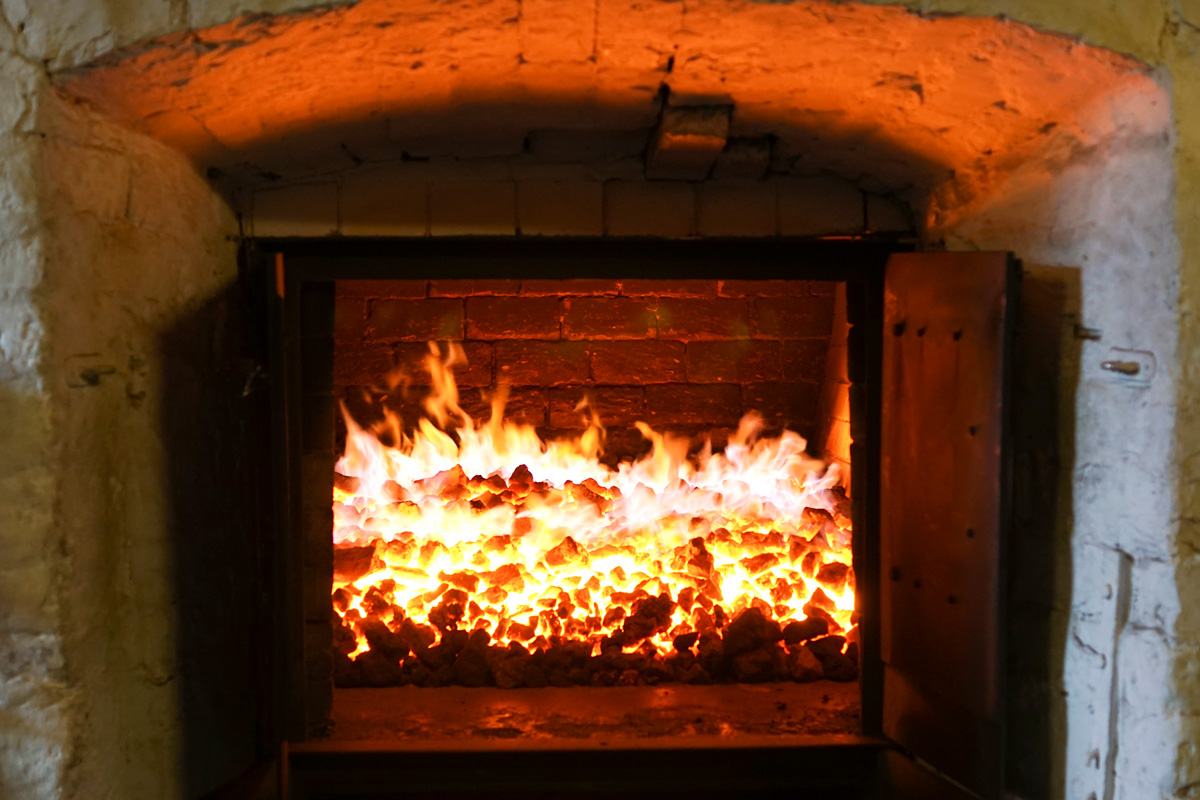
Wine Culture Magazine

Supplied image
Have you been following the Nutri-Score brouhaha in Europe? If not, here’s the skinny on what has created an impassioned showdown between a cultural mainstay, public health and economic interest in the EU.
France and six other European countries currently adhere to a front-of-package nutrition labelling called Nutri-Score. It has its in-built deficiencies, but is generally accepted as a tool to effectively counter obesity and poor health, specifically cancer.
All this sounds well and good, but in February 2022 the architect of Nutri-Score proposed that all alcoholic beverages display a Nutri-Score ‘F’ black label, complete with pictogram of the risk to pregnant women as well as calories, sugar and alcohol content information.
This proposed addition of the ‘F’ grade to the Nutri-Score scheme and its use on alcohol products has unleashed a blast of heated reaction, especially from Italy. Wine-producing nations feel this will threaten their industries by demonizing a vital cultural pillar of daily life in Europe. At issue is the fact that Nutri-Score does not take into account the way the product is consumed, nor the occasions for consumption, nor low-risk drinking guidelines. Will a stark black ‘F’ label on a delicious bottle of weekday vino deter legions of wine drinkers?
The entire Nutri-Score scheme is voluntary for now, but with massive food brands adopting the distinctive traffic-light signal on their products, consumers are paying attention. But will this relegate wine to a failing, industry-threatening ‘F’ grade? The debate rages on.

Supplied photo
Wine’s greatest strength is diversity and, lucky for wine lovers and scholars, there are thousands of wines grapes deployed around the globe. Match the grape to the region:
Kabar
Mammolo
Romorantin
Jampal
Cabernet Gernischt
Acolon
Garró
Chidiriotiko
Ningxia, China
Loire, France
Lesbos, Greece
Württemberg, Germany
Tuscany, Italy
Lisboa, Portugal
Catalonia, Spain
Tokaj, Hungary
*Answers at end of story.
Peat-y Matters

In Scotland, peat is harvested for both fuel and whisky. Getty Images photo
Climate change obviously and necessarily is the world’s most pressing topic, but did you know that peat is in the hot seat?
The smoky aromas and medicinal flavours that adorn many whiskies of the world come with an environmental cost.
Here are some peat FAQs:
• Peat bogs are a vital carbon sink and can sequester immense amounts of carbon.
• Peatlands in the UK are famed for use in whisky, but also used for heat and power.
• Peatlands hold over 25 per cent of all soil carbon in just three per cent of the Earth’s land area—in fact, they store twice as much carbon as all the world’s forests.
• Degrading peatlands for fuel or agricultural use is turning these crucial carbon sinks into carbon sources; in fact, peat extraction is responsible for six per cent of human-made carbon. Shockingly this is 1.5 times the amount of carbon produced by air travel each year!
• Today damaged or drained peatlands emit in excess of two billion tonnes of carbon dioxide each year. For comparison, passenger cars produced about three billion tonnes of carbon dioxide emissions in 2020.
• Scotland has led the way in rehabilitating their peat landscapes, and Ireland is quickly curbing its peat dependence (20 to 25 per cent of Irish households use peat for heat and electricity because it is cheaper than coal).
• The whisky industry is certainly not the biggest consumer of peat worldwide, and Scotland’s distilleries use only one per cent of total peat extracted in the UK.
• A distillery like Laphroiag on Islay uses about 1.36 tonnes of peat daily.

Peat burns in a distillery kiln.
How does this affect the whisky industry? For one thing, distilleries and parent companies like Beam Suntory are initiating restoration projects with a vengeance. Many are sourcing peat that is already dug up for roads and development. Re-wetting the land immediately after extraction to encourage restoration is another successful strategy in preserving precious peatlands.
It seems clear that ceasing peat extraction could help save the planet. Whether this will change buying and drinking habits of peated malts is yet to be seen.
*GRAPE GEEK IQ ANSWERS: Kabar is a white grape found in Hungary and a cross of Hárslevelu˝ and Bouvier; Mammolo is a red grape found in Tuscany and Sicily; Romorantin is a rare white grape from the Loire; Jampal is a nearly extinct white grape found in the Lisbon region in Portugal; DNA analysis has shown that China’s widely planted Cabernet Gernischt is actually Carménère; Acolon is a cross of Blaufränkisch and Dornfelder found in Germany; Garró is a pre-phylloxera red grape variety discovered by Torres in Spain’s Penedes region; Chidiriotiko is a red Greek grape from the island of Lesbos. Photo: Kabar grapes. Photo courtesy of Wines of Hungary

DJ Kearney is a Vancouver-based wine educator, consultant, speaker, judge and global wine expert. Creator of the New District Wine Club, she is also Terminal City Club’s Director of Wine and Vice-President of CAPS-BC, responsible for the Best Sommelier of BC competition.

DJ Kearney is a Vancouver-based wine educator, consultant, speaker, judge and global wine expert. Creator of the New District Wine Club, she is also Terminal City Club’s Director of Wine and Vice-President of CAPS-BC, responsible for the Best Sommelier of BC competition.
© 2024 Vitis Magazine